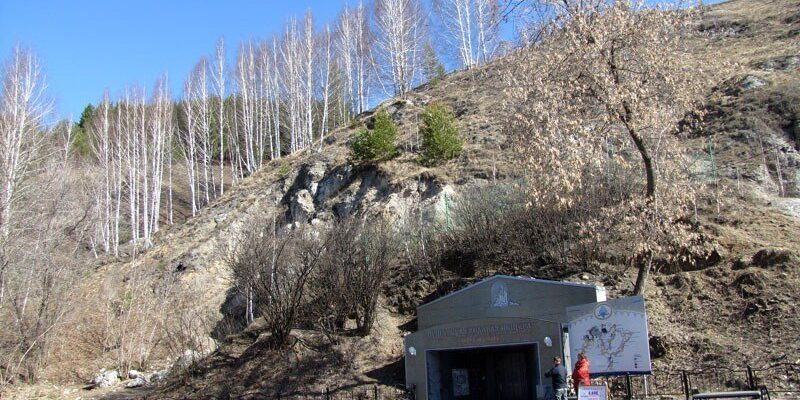Kungurskaya Ice Cave
Kungur Ice Cave is one of the most famous sights of the Perm region and the whole of Siberia. Unique in all respects geological monument is located in the village of Filippovka, on the right bank of the Sylva River, on the outskirts of the settlement of Kungur, which, in fact, gave it its name. The Kungur Cave is located at the base of the slope of the Ice Mountain. Together they form a historical and natural complex of national importance.
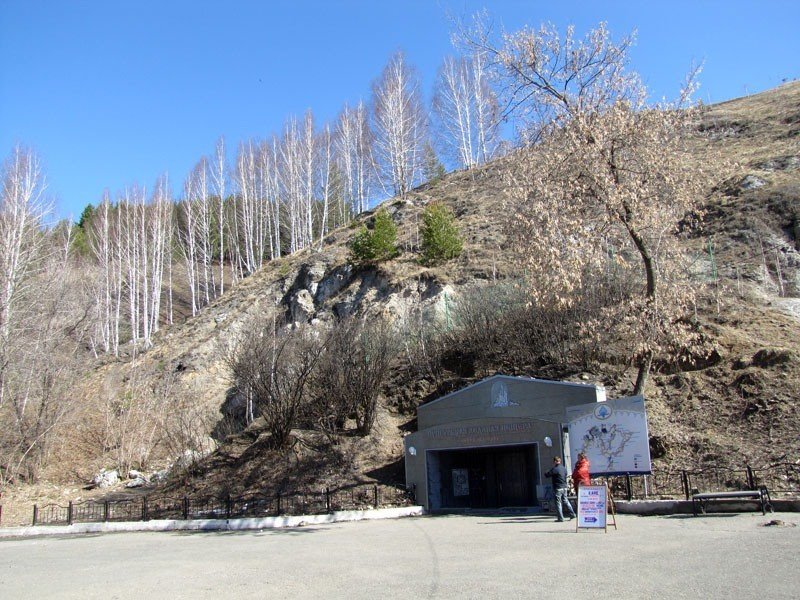
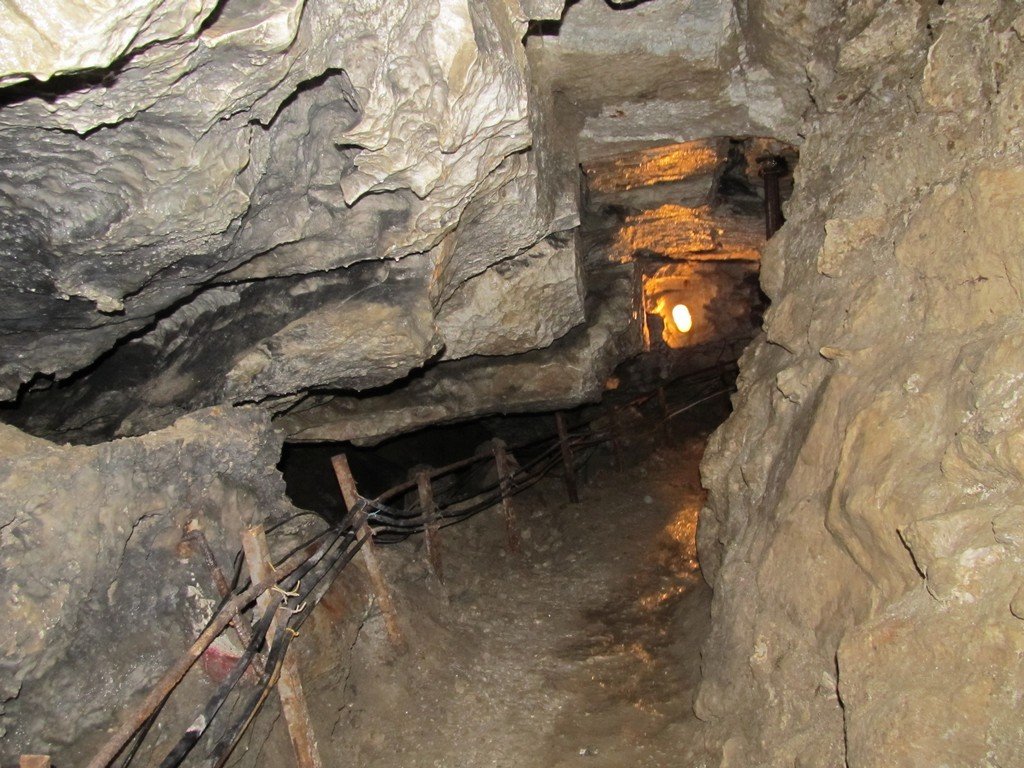
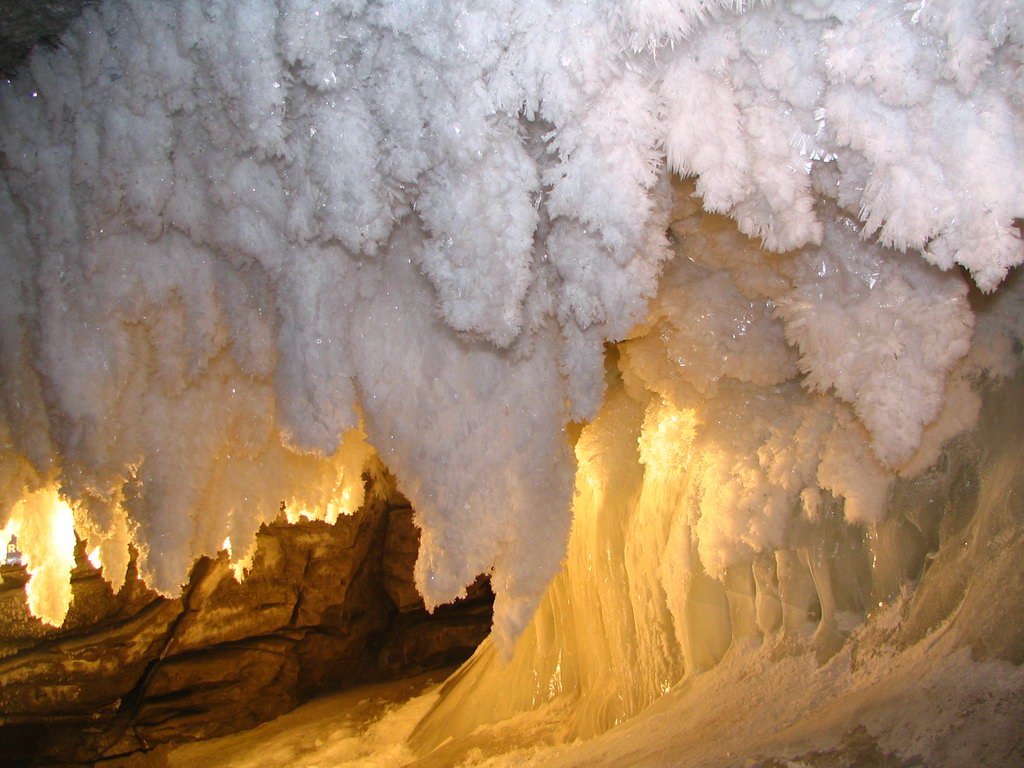
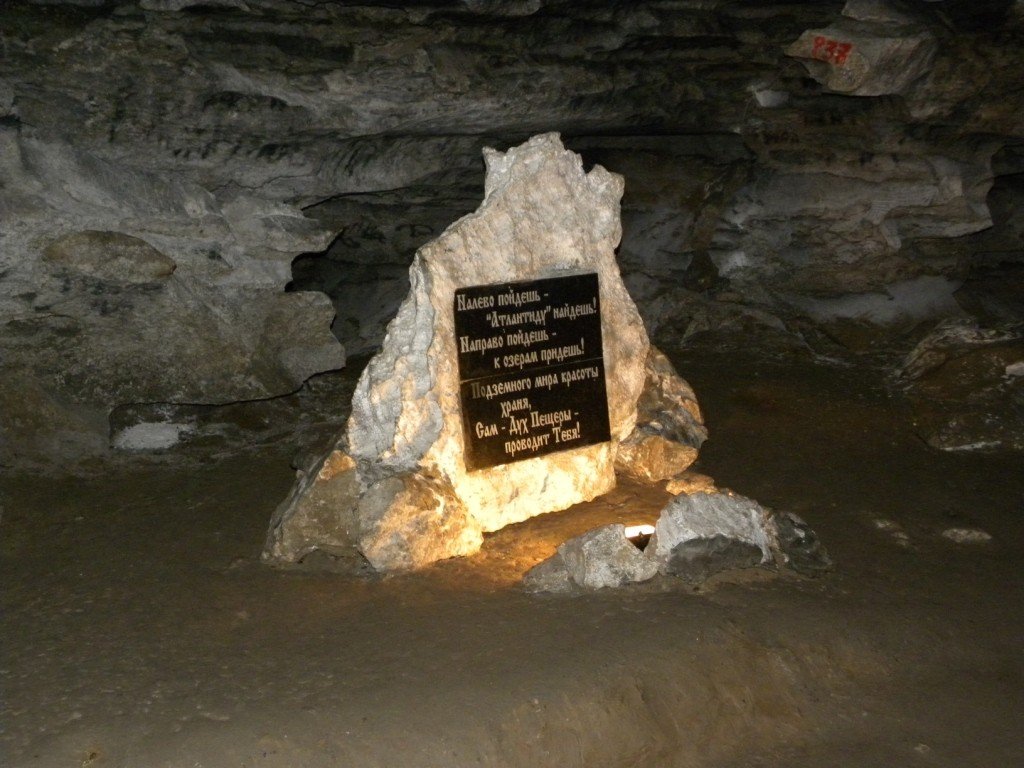
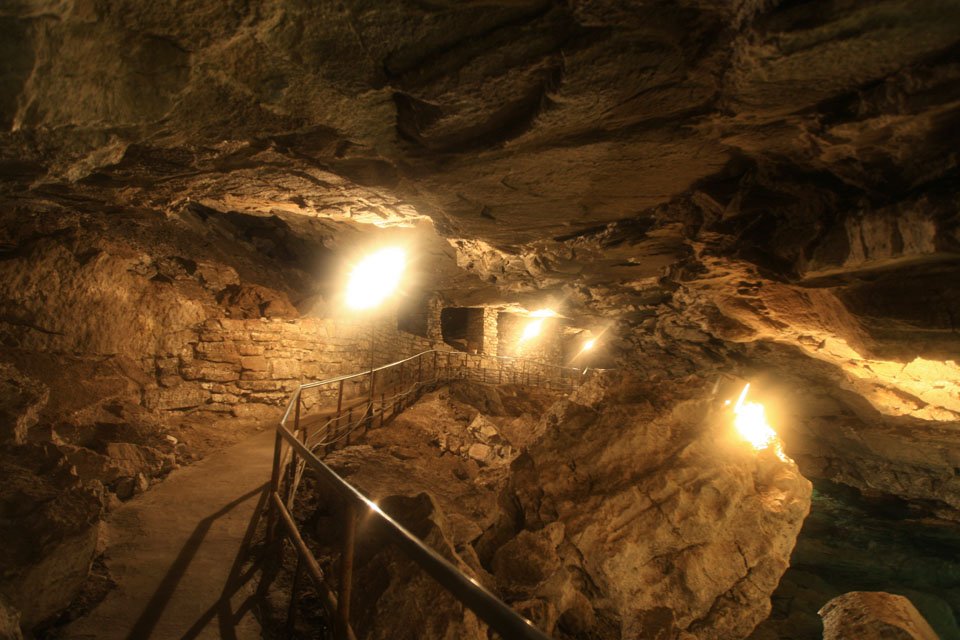
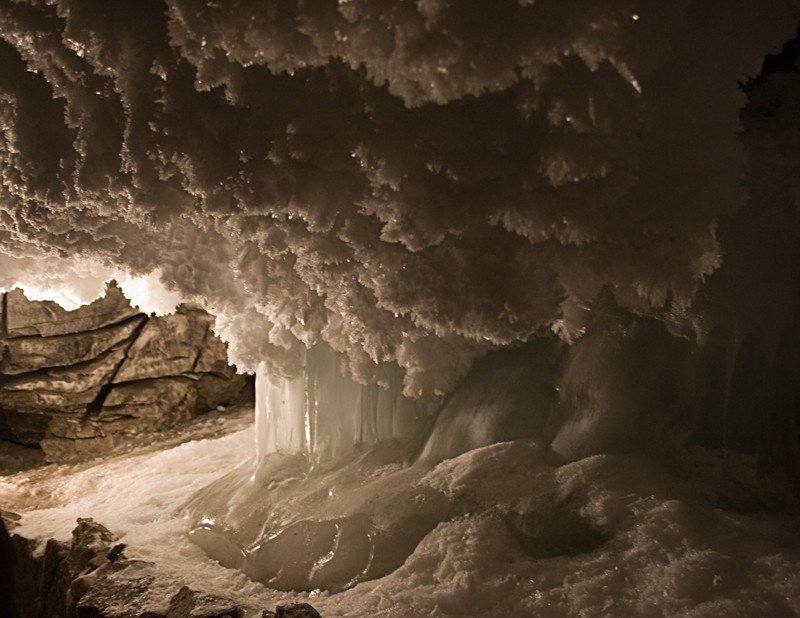
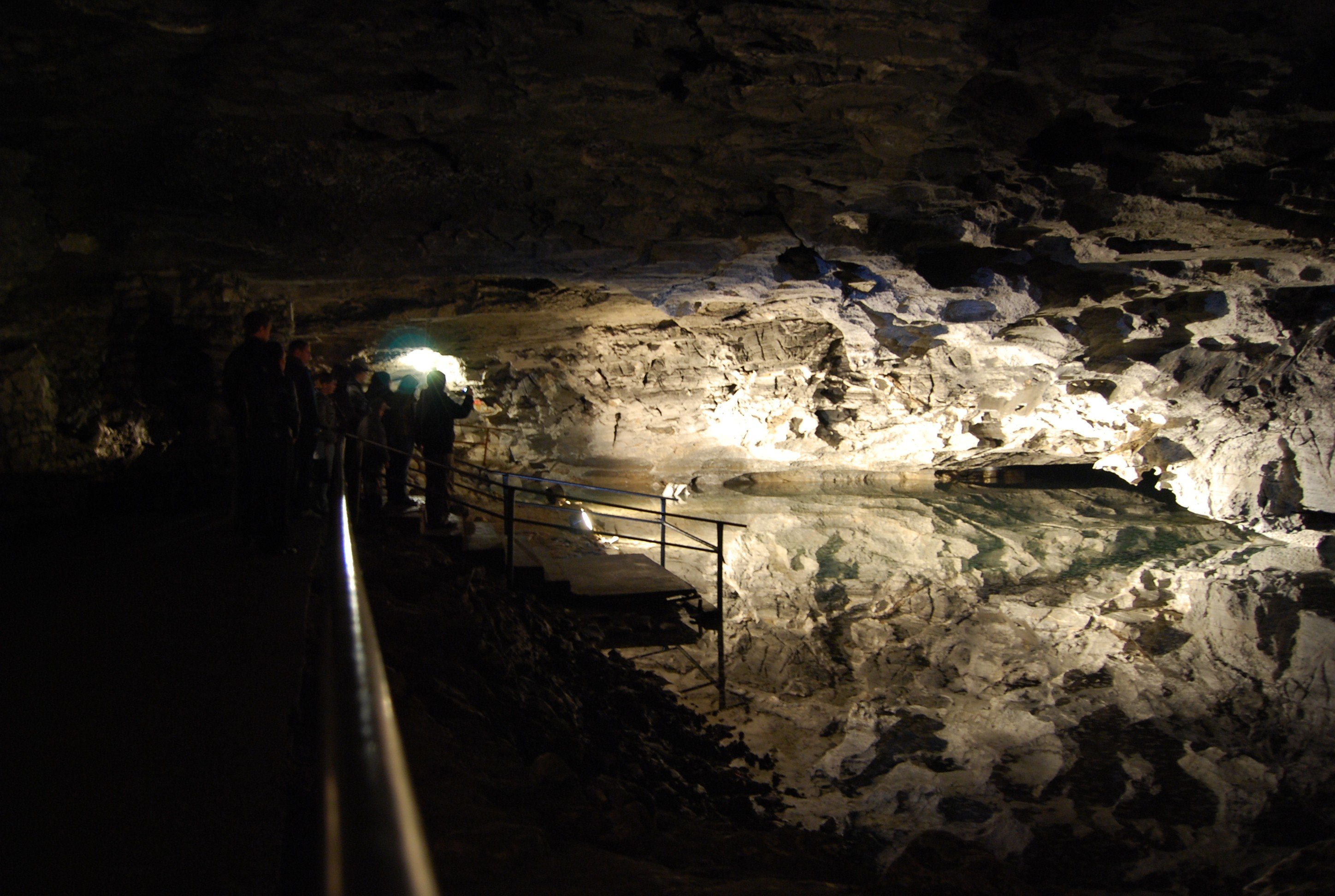
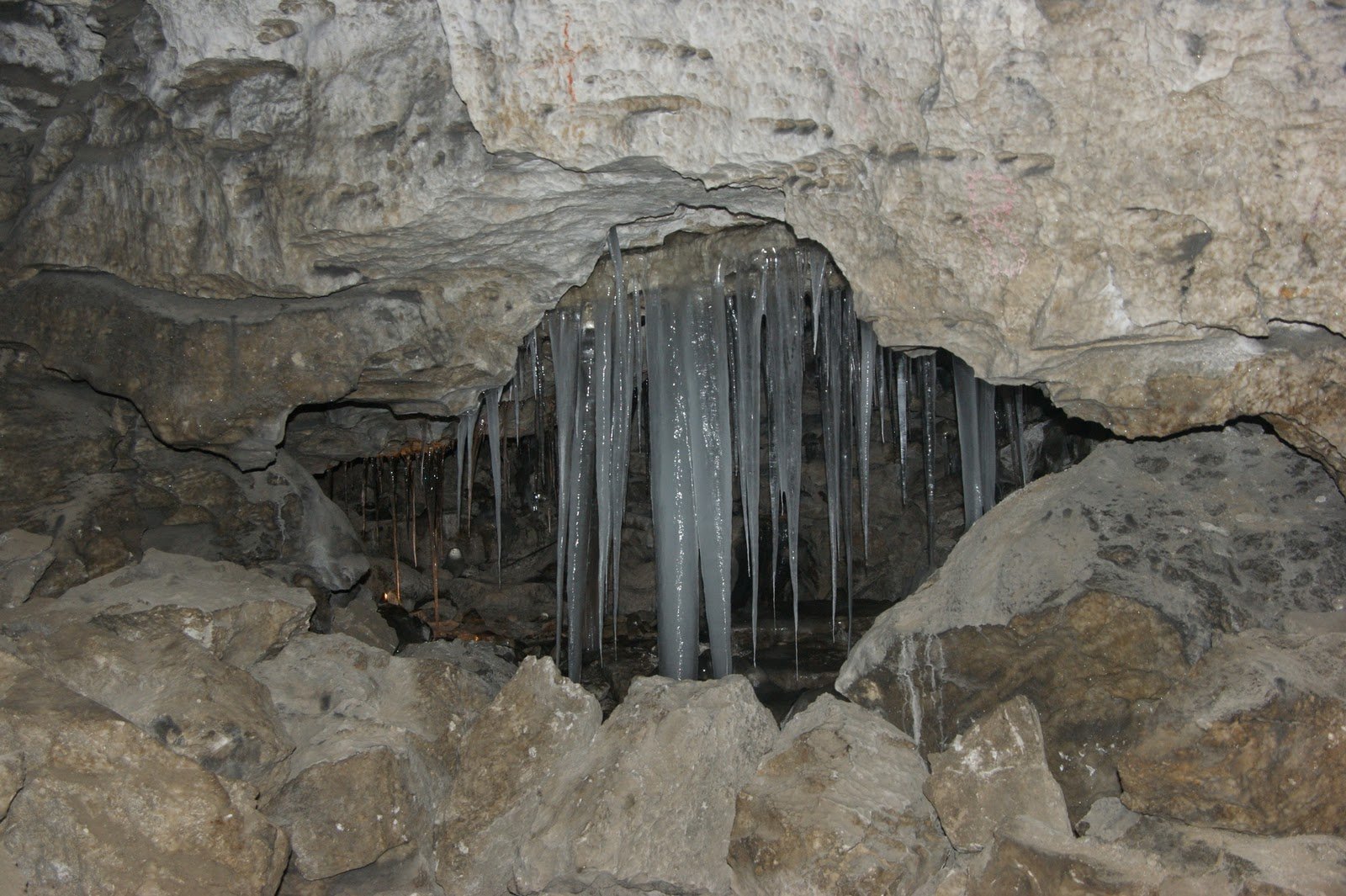
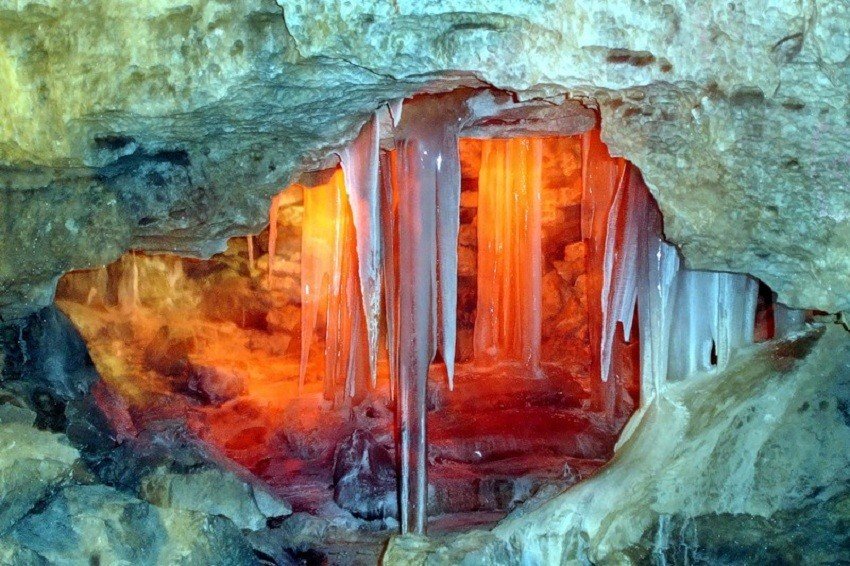
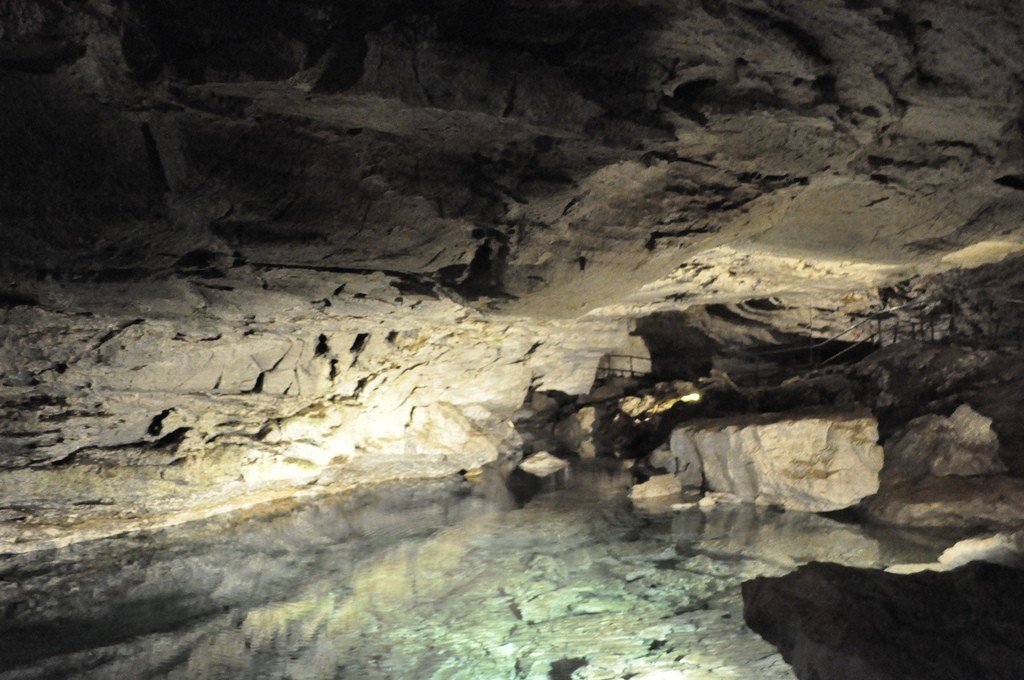
Video: Kungur Ice Cave
Contents- Highlights
- History of the Kungur Ice Cave
- What is the Kungur Cave?
- Tourists to Note
- Legends of Kungurskaya Cave
- How to get there
Highlights
On the European territory of the country, the Kungur Ice Cave, one of the largest karst caves, is capable of surprising even the most sophisticated observer with its length – about 5.7 kilometers. If we compare it by this indicator with other gypsum caves, our “compatriot” ranks seventh in the world. It became the only one of the caves available in Russia, which the authoritative publication Forbes included in 2011 in the top 10 most impressive on the planet.
.
Despite the fact that only 1500 meters are equipped for tourists to visit, everyone who visits the Kungur Ice Cave at least once will never forget its crystal clear air, which you inhale with a full chest and literally dissolve it in yourself, while dissolving in it yourself. And, of course, numerous lakes, the depths of which hold many secrets about the geological past of this unique area on the map of Siberia.
.58 grottos, 70 lakes created by nature itself, ice figures and fragments of colored ice – all this magical picture leaves the most vivid impressions. The feeling that you plunge into the pristine beauty of Mother Nature, energizes you for almost a year ahead, until the next trip to these reserved places. And should we be surprised that the Kungur Ice Cave was included in the final of the project “Seven Wonders of Russia”, and in the ranking of the most beautiful places noted by the site “One Hundred Wonders of Russia”, it ranks fifth.
.
Of course, allowed to visit tourists one and a half kilometers – it is not so much to fully experience the grandeur, splendor and amazing beauty of the karst cave in the vicinity of Kungur. But it is quite enough to enjoy its views and at least for a moment to think about how beautiful and fragile our nature is, and that it should be protected in every possible way.
.History of the Kungur Ice Cave
According to speleologists, the age of the Kungur Ice Cave is not less than 10 thousand years. Some experts believe that in its “passport” you can put the date of 2 thousand years more and not make a mistake. What is interesting, this object can in no way be called fully formed. In other words, the expansion of the cave continues to our days. Some of the tourists, having learned about it, joked: “It’s not just a cave, but a real mini-universe.”
.However, the first documentary sources that mention this natural object, refer only to the XVIII century – there are no earlier ones. The first plan of the Kungur cave was drawn up by cartographer Semyon Remezov, and this document dates back to 1703. As soon as the cave was discovered, in scientific and near-scientific circles immediately arose numerous disputes about its origin. There were many research and analytical works, each of which defended sometimes diametrically opposed judgments and versions. The discovery of this geological object inspired even artists who depicted the icy kingdom of the cave on their canvases.
.
Around the middle of the XIX century, the Kungur Cave turned into a real tourist attraction. The inhabitants of the surrounding village, of course, about tourism in the modern sense even had no idea, but they liked to take everyone who showed interest in the cave. Organized pilgrimage of tourists to the cave began in 1914. Alexander Timofeevich Khlebnikov, grandnephew of the famous traveler and director of the Russian-American Company K. T. Khlebnikov, is considered to be the first guide.
.Even august personalities showed interest in the attraction. In the same year, the Kungur Ice Cave was visited by German Princess Victoria von Battenberg, the elder sister of Empress Alexandra Feodorovna, née Victoria Alice Helena Louise Beatrice of Hesse-Darmstadt, wife of the last Russian autocrat Nicholas II.
.Khlebnikov Jr. devoted his entire life to laying out and improving the routes of the cave, for nearly four decades organizing excursions to it (and into it). Alexander Timofeevich was deservedly called the “first master” of the Kungurskaya cave, and it was thanks to him that it became so popular with tourists.
.
The exact scheme of the geological monument was drawn up in 1934-1935. Its authorship belongs to N. M. Pereslegin and members of the expedition led by him. Ten years later, a scientific station began to work at the cave, which conducted extensive research work, which allowed to discover new grottos and underground lakes, which later also became part of the local tourist infrastructure.
.
The interest of travelers to this cave in Soviet times increased so much that the authorities in 1969 decided to open a separate Kungur Bureau of Travel and Excursions. In 1980, a record of visits was set: 202 thousand 481 people visited the Kungur Ice Cave – a truly huge figure!
.
What is the Kungurskaya cave?
.At the heart of the unique natural complex is an extensive system of karst cavities located underground. This also includes sinkholes and relict vegetation growing right above them. The depth of the Kungur Ice Cave reaches 27 meters.
.In addition to grottos and lakes, the cave includes the so-called “organ pipes”. So called reaching almost to the surface of the high shafts. The one located in the grotto Etherny, is the most impressive of them. Its height is 22 meters. And the largest of the grottoes is considered to be the Geographers’ Grotto. Its volume, it is terrible to imagine, exceeds 50 thousand cubic meters. Well, and the largest of the lakes located underground is considered a reservoir with a depth of 3 meters and an area of 1460 square meters.
.
How to get inside the Kungur Ice Cave? Ideally – through the historical entrance, but this way has always been fraught with great difficulty, because it is very narrow. In addition, there were often collapses and ice buildups here. Because of this, visitors were forced to cut down the ice for several hours, and that did not help much: they did not enter the Kungur cave in the literal sense of the word, and literally squeezed through.
The problem was solved with the construction of a new entrance to the cave in the form of a concreted tunnel. It is located on the bank of the Sylva River, at the foot of the steep southern slope of the Ice Mountain and is hidden by park greenery. The narrow natural entrance to the cave is to the west of it and today it is abandoned. In the cliff above it one can see anhydrites and gypsums of the Irenian (upper) horizon of the Kungurian Stage. They are interlaced with the rocks that basically compose the Ice Mountain – packs of dolomites and limestones. The layer of loose sediments overlaps the gypsums, and the sediments themselves consist of pieces of dolomite and limestone and clay filler. Mixed sandy and clayey sediments occur just above.
Another asset of the Kungur Ice Cave are stalactites and stalagmites, which together with numerous grottoes harmoniously combine into an exclusive in its content and beauty natural monument, every centimeter of which can be admired indefinitely. Looking at this masterpiece woven by nature itself, you understand why the cave was called ice cave. There are a lot of stalactites of the most bizarre forms growing in the cave during winter, and this number is enormous without exaggeration. The best time to see the most beautiful and bizarre of them is the end of winter and the beginning of spring. The end of fall in this regard for visiting the Kungur cave is not the most successful period.
.Here, but not in the cave itself, but on top of the Ice Mountain, inside which it is located, there is a historical and archaeological monument – Ermakovo settlement. It is associated with a widespread legend that before the march to Siberia, Yermak’s retinue survived a harsh winter here. In addition, the top of the mountain attracts attention and numerous sinkholes, some of which reach 10-15 meters in depth and 50 meters in diameter. Each of them has an exit to the Kungurskaya cave through the already mentioned “organ pipes”. What is interesting, on the Ice Mountain there are atypical for this area plants of the steppe zone. What causes this phenomenon is not clear to the end.
.Separately, I would like to say about the grottos – inherent in the caves sharp expansion, a kind of halls. The temperature in them is lower than in the average cave, it rises slightly in summer, but not much, just a couple of degrees above zero. In some halls it is almost constantly at 30 degrees with a minus sign.
.Grottoes in the Kungur Ice Cave are quite unusual. Each of these “big rooms” has vaulted ceilings from which ice floes overhang. The largest of them is the Geographers’ Grotto, but, unfortunately, it is somewhat inaccessible, so tourist routes do not pass through it. As for the slightly smaller grottoes, one of them for some reason is called the Giant, and it is quite possible to see it.
.Here there are also small cave lakes, natural light is present. Tourists come to the Kungur Cave, armed with cameras, but no, even the highest quality pictures can not fully convey the depth of the picture before the eyes.
.
It may be hard to believe at once, but there are really 70 lakes in the cave! A significant part of them are small bodies of water, up to 0.5 meters deep. But there are also real giants, with areas comparable to hockey courts. The water temperature in them is low, but this fact does not prevent frogs, crustaceans and various small animals feel very comfortable here.
.For tourists
The total area of all currently known galleries of the Kungur Ice Cave is a quarter of a square kilometer. This is only 2.5% of the entire area of the Ice Mountain. The length of underground galleries is 5.6 kilometers, but landscaped and electrified a little more than one-third.
.
You can only get into the cave as part of an excursion group by buying a ticket. Kungur ice cave, although not a museum, but has its own working schedule. It opens daily at 9:00 and receives visitors until 16:00, there are no days off. At night, as they call it, the entrance to the cave is locked. .In the Kungur Cave laid several tourist routes, the main of which has a length of 1.5 km. As practice shows, as part of an excursion, this distance can be passed in about an hour and a half or even a little less. On the route there are 20 grottoes, very beautiful, and each with its own zest. With the onset of spring, this route is closed due to the rising water level, leading to partial flooding of the cave. An alternative route is the so-called Small Route.
.Are you a fan of active recreation, and just hiking even on such a famous landmark can not satisfy you? Then you can order rafting on catamarans… no, not on the cave lakes, but on the Sylva River. But this entertainment is available only in summer. In winter you can go skiing here. In front of the entrance to the cave is equipped with a magnificent park, where there are cafes to warm up and have a snack, and souvenir shops where you can choose some nice little thing in memory of the journey.
.In addition to excursions in the traditional sense in the Kungur Ice Cave are also conducted theatrical and extreme excursions. Here traditionally organize baptismal bathing and, do not be surprised, unusual wedding ceremonies. Photo session of newlyweds on the background of stalactites and stalagmites – it is, expressing youth language, very cool!
.“Weather” in the part of the cave adjacent to the entrance is quite cool, because of which the ice that covers the floor and forms crystals on the vaults does not melt here throughout the year. The average air temperature in the center of the cave is 5 degrees plus, but the relative humidity reaches 100%. To avoid catching a cold during your visit here, don’t forget to bring warm outerwear.
.Legends of Kungurskaya cave
It would be strange if there were not some mysteries and legends associated with such a unique natural and historical site.
>
Researchers have found a cross, icons and even a stone-built house in the form of a crypt in the local grottoes. Historians are sure that these findings confirm the version that the legendary Cossack ataman Ermak Timofeyevich, who entered the national history as the conqueror of Siberia for the Russian state, really stayed here with his companions. Others believe that all these utensils belonged to the Old Believers, who were hiding in the Kungur cave from persecution due to disagreement with the church reform of Patriarch Nikon.
.Another legend is connected with the steps “Lady’s Tears”, on which the ascent to the grotto Central, and, in fact, with the grotto itself. According to legend, little Louise, daughter of Princess Victoria von Battenberg, broke her knee climbing the steps. Nothing terrible happened to the girl as a result of the fall, she grew up safely, married the Swedish crown prince and became queen. Surprisingly, however, after this incident, unmarried girls very often began to fall and break their knees here. As it turned out later, they did it deliberately, hoping to find their prince and marry him.
.There is another legend associated with the Kungur Ice Cave – about the Meteor grotto. Rumor has it that if people with a guilty conscience find themselves in it, they are shown the silhouette of the mysterious White Speleologist in the dark.
.
How to get there
In Perm or Yekaterinburg, you can take an electric train to Kungur train station, right by which there is a bus stop “Railway Station”. To Kungur ice cave there are buses № 9 and 12. If you are late for your flight, do not be upset: buses run every 15 minutes.
.You can get to the Kungur Ice Cave by car. There are several directions. The first leads from the highway Perm – Yekaterinburg. Entering Kungur, you drive along the main road through the city and leave it through the local cemetery. Go up the mountain, turn right and drive to the village of Filippovka. After descending the mountain, turn right. In the same way you can get to the cave and on the highway Kungur – Solikamsk.
.The second direction also starts from the highway Perm – Yekaterinburg. Only this time you reach the central city street named after Lenin and on it turn right. Then you move along the main road, after which you pass the train station and the Sylva River along Bachurin Street. Enter Filippovka and, orienting on the sign, turn left.
.Leading to the Kungur Ice Cave is another road, the third. It starts from the first turn to Kungur from the direction of Yekaterinburg (highway R-242). However, this highway is in bad condition, so it is better not to use it. But if you do find yourself on it, drive to Bachurin Street and turn right, and then pass the train station and Sylva, enter the village and then turn left.
.